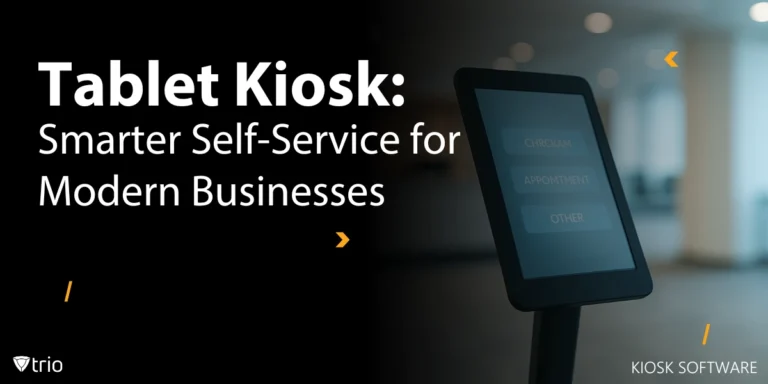Effective knowledge transfer is crucial for organizational success. It ensures that essential skills and knowledge are passed on to future generations of employees, thereby maintaining continuity and fostering growth. According to the Panopto Workplace Knowledge and Productivity Report, “60% of employees report that it is difficult, very difficult, or nearly impossible to obtain information from their colleagues needed to do their job.” This blog post will provide a downloadable Knowledge Transfer template to help you implement this in your organization and explore the key components of a Knowledge Transfer Policy.
Why Knowledge Transfer is Important
Knowledge transfer is the process of sharing critical information, skills, and insights within an organization. It is essential for several reasons:
- Operational Continuity: Ensures that operations and work transitions continue smoothly even when key employees leave or retire.
- Employee Development: Helps employees grow by providing them with the knowledge and skills needed to advance in their careers.
- Innovation and Improvement: Encourages the sharing of innovative ideas and best practices, leading to continuous improvement.
Key Components of a Knowledge Transfer Policy
Here are some key components of a knowledge transfer plan to keep in mind:
Purpose and Scope
Clearly define the purpose of the policy and who it applies to. This sets the stage for the importance of knowledge transfer within the organization.
Continuity and Development
Outline the main goals of the knowledge transfer policy, such as ensuring continuity of operations and facilitating employee development.
Critical Knowledge and Key Holders
Identify the critical knowledge areas and the key employees who possess this knowledge. This step is vital for focusing transfer efforts where they are most needed.
Documentation and Training
Develop comprehensive documentation and implement structured training programs. Documentation ensures that knowledge is captured and can be referenced in the future, while training programs provide interactive and hands-on learning opportunities.
Mentorship Programs
Establish mentorship programs where experienced employees guide and support less experienced staff. This method helps transfer tacit knowledge that may not be easily documented.
Knowledge Repositories
Create and maintain centralized knowledge repositories, such as wikis or databases, that are accessible to all employees. This allows for easy retrieval of information and ensures that knowledge is not lost.
Roles and Responsibilities
- Knowledge Holders: Responsible for documenting and sharing their knowledge. They should be proactive in identifying critical information and ensuring it is communicated effectively.
- Managers: Ensure that knowledge transfer processes are implemented and monitored. Managers play a key role in facilitating and encouraging knowledge sharing within their teams.
- Employees: Actively participate in knowledge transfer activities and apply the knowledge gained. Employees should take responsibility for their own learning and contribute to the collective knowledge pool.
Implementing Your Knowledge Transfer Policy
Step 1: Identify Critical Knowledge Identify the critical knowledge areas and key employees who possess this knowledge. This step helps focus efforts on the most important information.
Step 2: Develop Transfer Methods Choose the most effective methods for transferring knowledge, such as documentation, training programs, mentorship, and knowledge repositories. Tailor these methods to fit your organization’s culture and needs.
Step 3: Assign Roles and Responsibilities Clearly define the roles and responsibilities of knowledge holders, managers, and employees. Ensure that everyone understands their part in the knowledge transfer process.
Step 4: Implement and Monitor Roll out the knowledge transfer policy and monitor its implementation. Use feedback mechanisms to assess its effectiveness and make adjustments as needed.
Step 5: Review and Improve Regularly review the knowledge transfer policy and update it based on feedback and changing organizational needs. Continuous improvement ensures that the policy remains relevant and effective.
Free Download the Knowledge Transfer Policy Template
A well-defined Knowledge Transfer Policy is essential for maintaining operational continuity, fostering employee development, and promoting innovation within your organization. By following the steps outlined in this guide and using the provided template, you can create a robust policy that meets your organization’s specific needs. To help you get started, we’ve created a detailed Knowledge Transfer Policy Template that you can download and customize.
Get Ahead of the Curve
Every organization today needs a solution to automate time-consuming tasks and strengthen security.
Without the right tools, manual processes drain resources and leave gaps in protection. Trio MDM is designed to solve this problem, automating key tasks, boosting security, and ensuring compliance with ease.
Don't let inefficiencies hold you back. Learn how Trio MDM can revolutionize your IT operations or request a free trial today!





